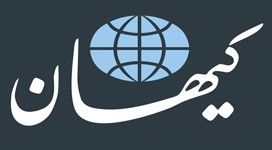May 15, 2018
On May 8, President Donald Trump announced that the U.S. was withdrawing from the 2015 Joint Comprehensive Plan of Action (JCPOA), better known as the Iran nuclear deal. On the same day, the U.S. Department of Treasury issued a detailed list of additional sanctions which it plans to impose on Iran within 90 to 180 days.
Subsequently, Foreign Minister Mohammad Javad Zarif traveled to Brussels to hold talks with EU officials on a proposed plan for purchasing Iranian oil with euros instead of U.S. dollars. Mr. Zarif met the EU Foreign Policy and Security Chief Federica Mogherini, who reportedly promised the Iranian Foreign Minister that the EU would use euros instead of dollars for making Iranian oil payments.
“We are working on finding a practical solution,” Mogherini told a news conference on May 16. “We are talking about solutions to keep the deal alive. We have quite a clear list of issues to address. We are operating in a challenging context. I cannot talk about legal or economic guarantees, but I can talk about serious, determined, immediate work from the European side.”
Meanwhile, Moscow’s Sputnik International News reported on May 16 that Iran exports 450,000 and 1.8 million barrels of crude oil to Europe and Asia, respectively, every day. After the easing of sanctions, Iran resumed its oil exports to the West in January 2016.
Italy, France, Greece, Spain, Poland, and Turkey are the leading European buyers of Iranian oil. Turkey buys 250,00 barrels a day, Greece 120,000 barrels, and France between 70,000 and 100,000 barrels.
Experts indicate that after November, the sale of Iranian oil will drop by 500,000 barrels a day. Meanwhile, Iran’s Oil Minister, Bijan Zanganeh, has said that the sanctions will not impact the country’s oil exports.








